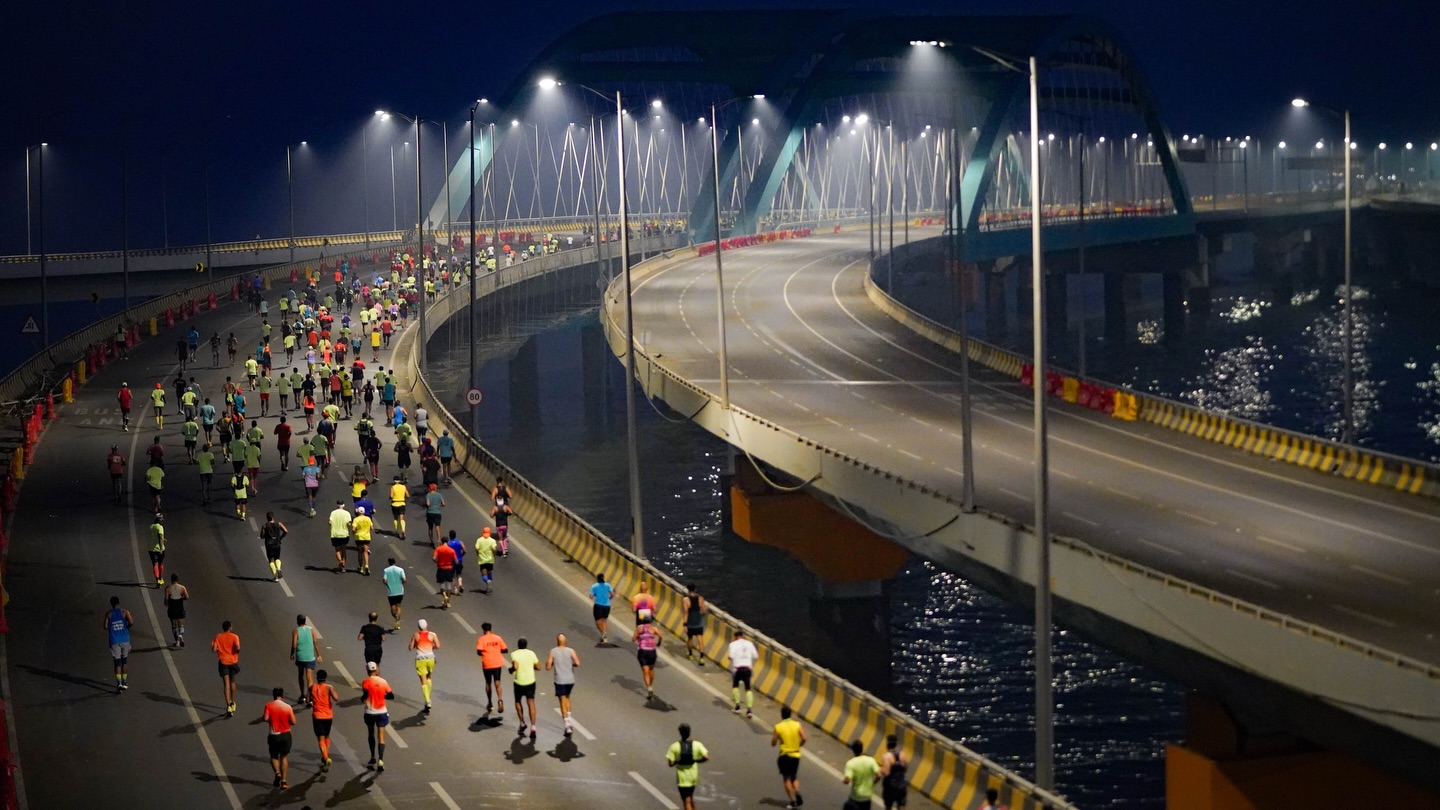According to marketers, consumers are ever-practical creatures. Give them a mobile device and they’ll spend every free minute filling virtual shopping carts or booking their next vacation. The industry assumption is that mobile is an on-the-go channel and that what consumers want most during their transit time is utility.
As a result, brand owners have been busy answering the mobile opportunity by finding new ways to be useful to consumers. Nike offers the Nike+ Running App to track fitness progress. Starbucks provides a mobile payment service, turning the phone into a wallet. Amex helps to manage receipts using photos taken by a mobile phone.
Yet mobile time is not quite as goal-oriented or even as mobile as marketers might expect. While mobile devices are constant companions throughout the day, supplementing PCs, comScore research shows that consumers are waking up with their smartphones and spending the evening with their tablets—both at-home activities.
Moreover, according to InsightsNow, while many mobile activities might appear purposeful they are actually all fulfilling the same need: giving the consumer some much-needed “me time.” For all the utility a mobile device provides—the ability to shop, get the latest news, connect with friends—consumers are less focused on getting things done and more on simply passing the time.
In fact, Insights Now found that me time—moments when the consumer is in the mood for relaxation or entertainment—accounts for 46 per cent of all smartphone app and website moments. Practical activities like seeking out news and information, accomplishing tasks or planning for upcoming activities are minor drivers in comparison. When consumers pick up their mobile device, it seems that almost one out of every two times they’re just looking to relax.
And what do consumers really want from a brand engagement during their downtime? Well, it’s definitely not a mobile banner ad, especially one that interrupts the experience instead of adding to it. Consider that me time is held in high regard by the consumer; they “ritualize, value and fiercely protect” it, according to Betsy Frank, chief research and insights officer of Time Inc., in a blog about how consumers use their mobile devices. If me time is about relaxation and self-indulgence, brand owners need to offer mobile engagements that are less about utility and more about entertainment. Simply put, the consumer’s mood needs to be matched with relevant content.
Of course, what’s relevant varies wildly from one individual to the next. For those who relish the leisurely experience of flipping through a magazine, fashion brand Levi's collaborated with Flipboard to offer its American audience a mobile magazine (m-commerce enabled, of course). For the gamers, Doritos offered its young British audience a game—Dip Desperado—that played off the plot of a TV commercial to promote its Dips range. T-Mobile appealed to a tech-savvy audience when it teamed with Google Goggles, an image-recognition app, to hide original content in out-of-home advertising for the HTC Sensation 4G smartphone. Consumers with the app could scan the ad and download free content from local artists right to their phone. These are a few examples of award-winning mobile-centred engagements that filled the entertainment gap while relaying a brand message.
Of course, marketers need to be aware that entertainment isn’t always going to be the answer for a mobile-focused campaign. Serving brand objectives needs to come first and utility may ultimately offer a better solution. Still, knowing how frequently mobile devices are used for an escape, brand owners should consider how to use the occasion to bring a little levity to the lives of consumers.
The author is engagement director, Apac, Possible.
This article first appeared on campaignasia.com




